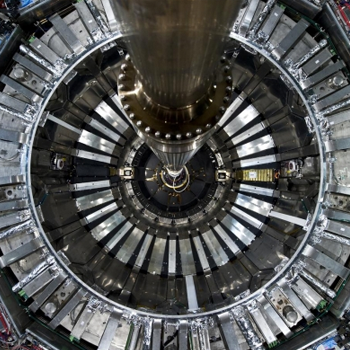Question #3292c
2 Answers
Because you're going from an acidic solution and a basic solution, to a neutral solution.
Explanation:
A neutralization reaction takes place when an acid reacts with a base to produce a salt, which will exist in solution as cations and anions, and water.
Pure water,
#2"H"_2"O"_text((l]) rightleftharpoons "H"_3"O"_text((aq])^(+) + "OH"_text((aq])^(-)#
So, an acidic solution is characterized by a concentration of hydronium ions that is greater than
A basic solution is characterized by a concentration of hydroxide ions that is greater than
When you react sulfuric acid,
#"H"_2"SO"_text(4(aq]) + 2"NaOH"_text((aq]) -> "Na"_2"SO"_text(4(aq]) + 2"H"_2"O"_text((l])#
At an ionic level, the reaction looks like this
#2"H"_text((aq])^(+) + "SO"_text(4(aq])^(2-) + 2"Na"_text((aq])^(+) + 2"OH"_text((aq])^(-) -> 2"Na"_text((aq]) + "SO"_text(4(aq])^(2-) + 2"H"_2"O"_text((l])#
The ions that are present on both sides of the equation do not take part in the reaction, so you can say that
#"H"_text((aq])^(+) + "OH"_text((aq])^(-) -> "H"_2"O"_text((l])#
This shows you that the excess hydronium ions that are coming from the sulfuric acid will react with the excess hydroxide ions that are coming from the base to prodcue water.
In essence, the hydronium ions and the hydroxide ions are neutralizing each other, hence the name neutralization reaction.
The pH of the solution will once again be equivalent to the pH of water, characterized by a concentration of hydronium ions equal to
This reaction is very exothermic, which is another way of saying that heat will be released.
Keep in mind the resulting cations and anions as well.
Explanation:
The cations of strong bases and the anions of strong acids are neutral in aqueous solution,
This means that if you take sulfuric acid's ionization to be complete, i.e. it donates both protons, then the sulfate anion,
Likewise, sodium hydroxide, being a strong base, will produce sodium cations,
It is worth noting that sulfuric acid ionizes in two steps, and that only only its first ionization is considered to be characteristic of a strong acid.
However, its conjugate base, the bisulfate anion,
If you were to consider the second ionization as being that of a weak acid, then the resulting anion,
That is why, for all intended purposes, the sulfate anion is considered neutral, which in turn adds to the fact that sodium sulfate,


